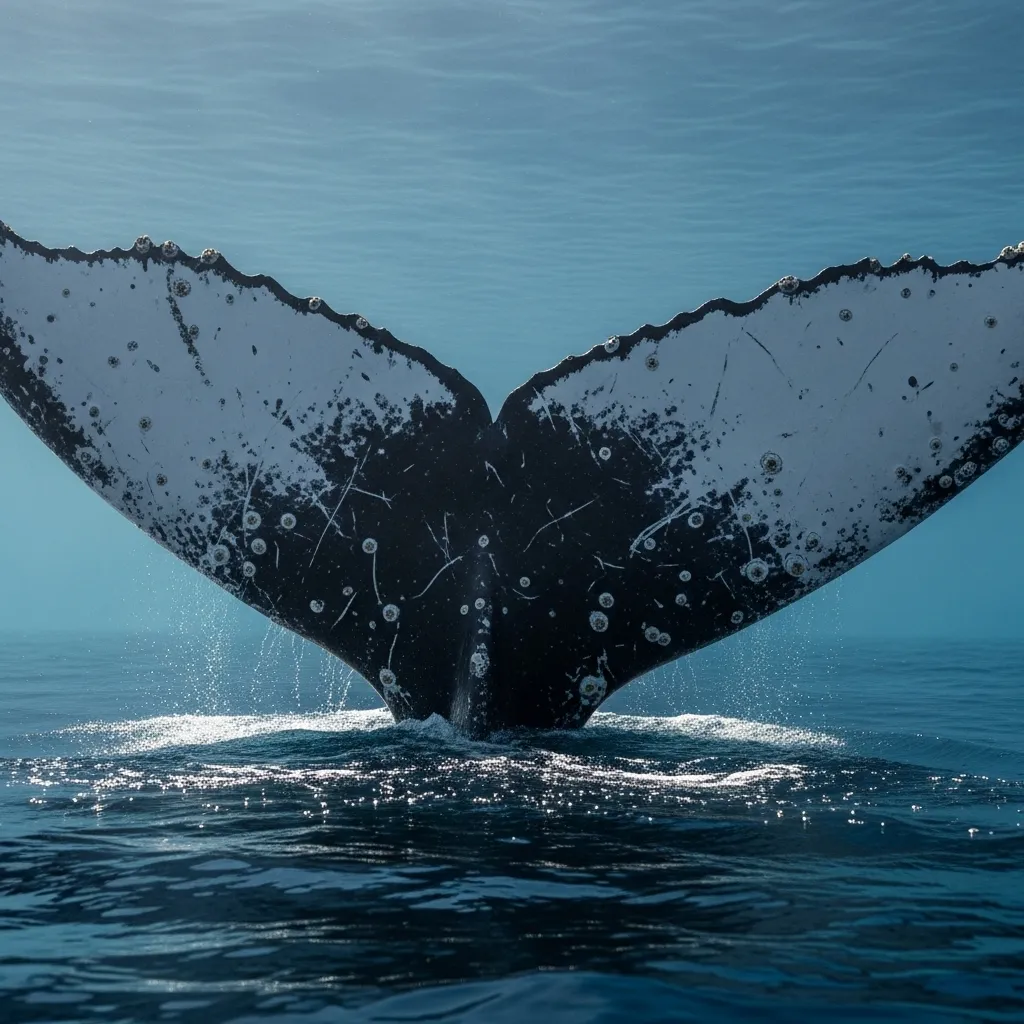
Ocean Giants on the Move: Whale Migration
The world’s oceans host migrations that rival any on land in both scale and distance. Among the most charismatic of these marine travelers are the great whales. Humpback whales, in particular, undertake some of the longest known migrations of any mammal, traveling thousands of miles between their feeding and breeding grounds.
Their life is a tale of two waters. During the summer months, they are found in cold, nutrient-rich polar waters, like those off Alaska or Antarctica. Here, they feed voraciously on krill and small fish, building up the thick layers of blubber they will need to survive the next phase of their journey. A single humpback can consume up to 3,000 pounds (1,360 kg) of food per day during this feeding frenzy.
As winter approaches and the polar seas begin to freeze, the whales begin their long journey toward the equator. They travel to warm, calm, tropical waters, such as those around Hawaii, Mexico, or the Caribbean, to breed and give birth. These warm waters offer a safe, protected nursery for newborn calves, which lack the insulating blubber to survive in the frigid feeding grounds. Interestingly, the adult whales barely eat, if at all, during their months in the breeding grounds. They live almost entirely off the fat reserves they accumulated during the summer.
This annual round trip can cover 6,000 miles (10,000 kilometers) or more. One of the most remarkable aspects of humpback culture is their complex songs. The males sing long, intricate songs that can last for over 20 minutes and be heard for miles underwater. These songs are culturally transmitted; all males in a single population sing the same song, but it evolves from year to year. Scientists believe these songs play a crucial role in mating rituals.
Ethical observation is paramount when it comes to marine mammals. Whale watching can be a fantastic way to appreciate these animals, but it must be done responsibly. In the United States, the Marine Mammal Protection Act provides strict guidelines for viewing. Boats must maintain a safe distance, typically at least 100 yards (about 91 meters), and never chase, harass, or encircle the animals. Reputable tour operators are knowledgeable about these regulations and prioritize the well-being of the whales. For federal guidance, you can consult resources from NOAA Fisheries, which manages the conservation of marine species.















